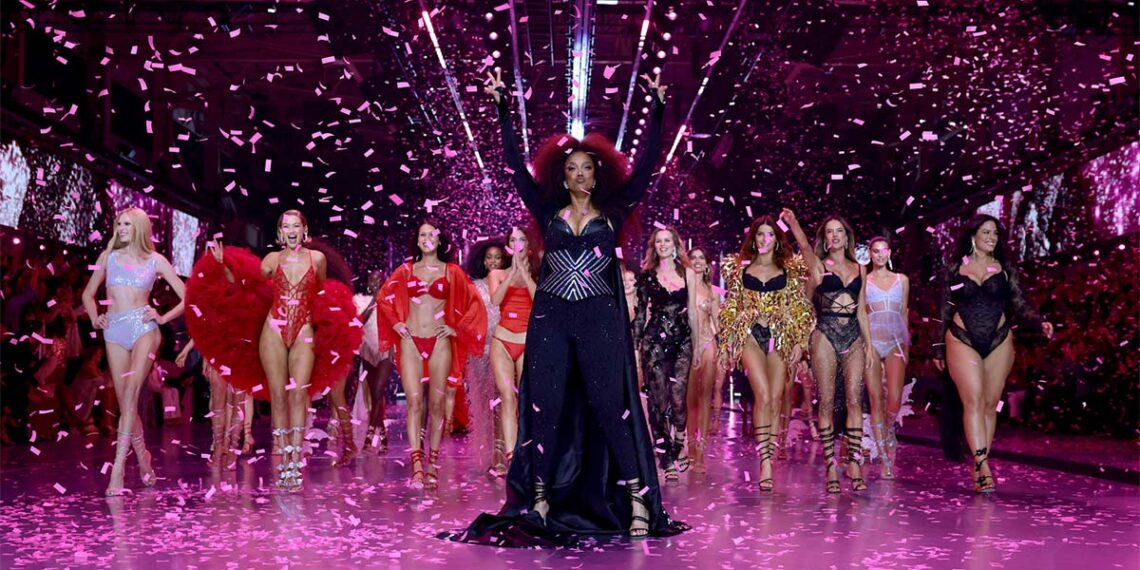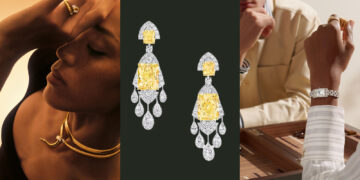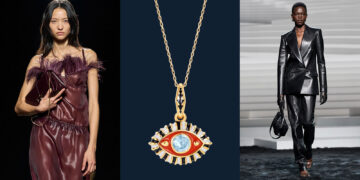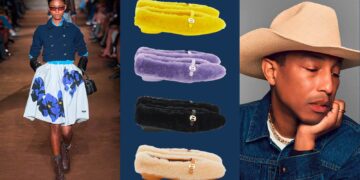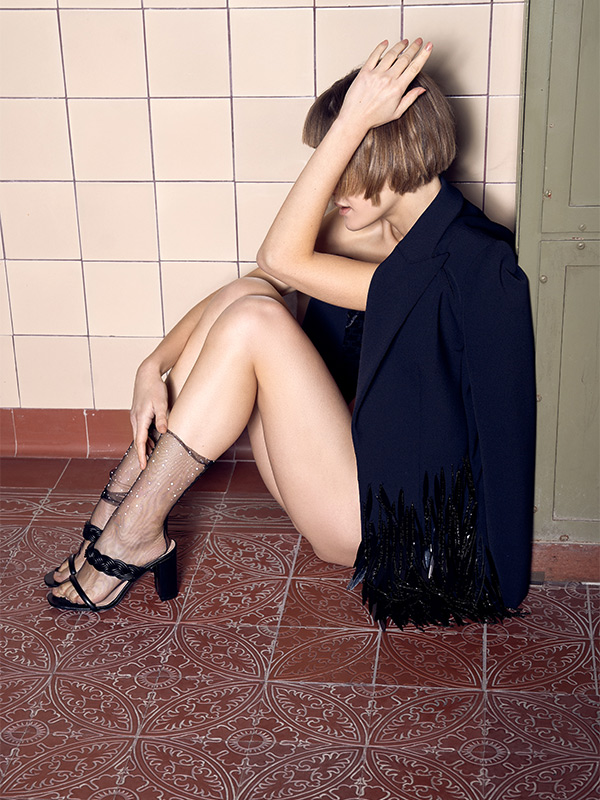After six years and a series of controversies, the lingerie show and its angels are back. Now that the fuss is over, two questions remain: has Victoria’s Secret kept its promise of more inclusion – and will the show even be needed in 2024?
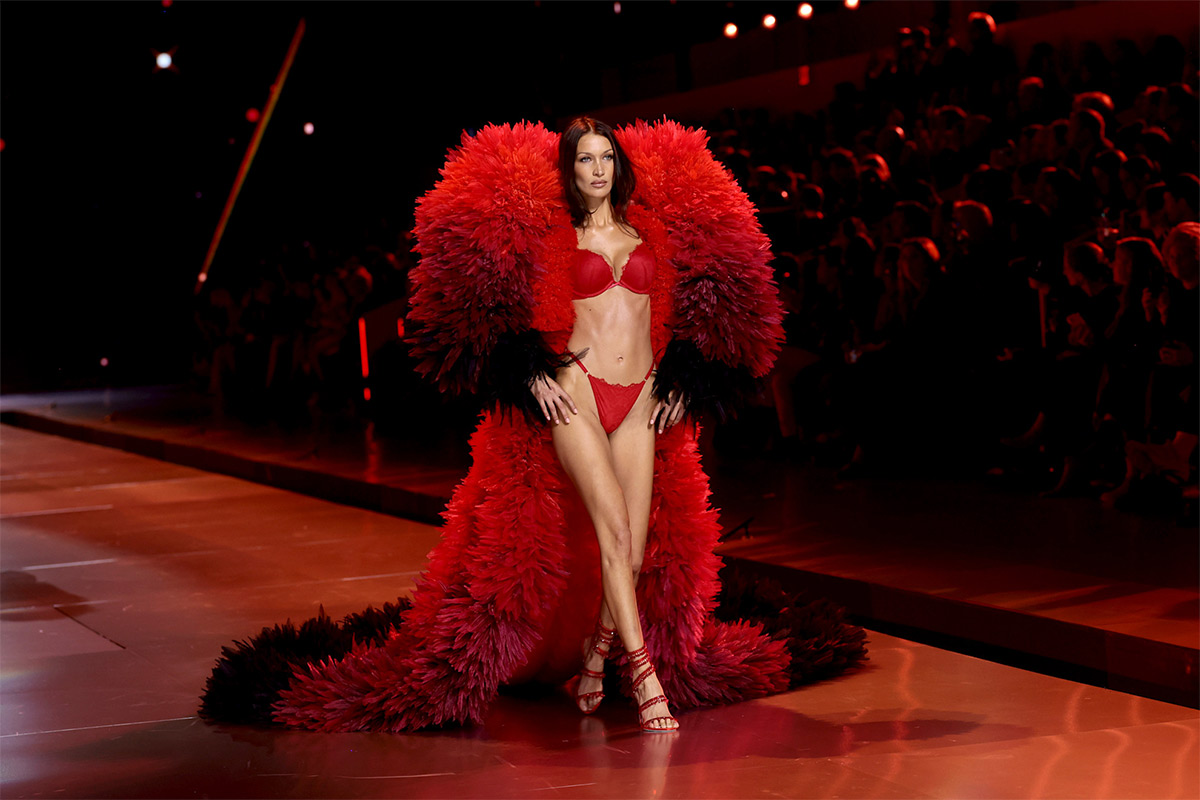
We briefly gather our entire imagination, close our eyes and dream ourselves into the nineties and early two-thousands. A television appears before our inner eye. On it flickers the Victoria’s Secret Fashion Show, the event of the year – more eagerly awaited than any Superbowl, or whatever sporting event brings the world to a standstill. The select models who were chosen as Angels enjoyed a special status in the already elite fashion world. Becoming a VS angel was practically the accolade of the industry, and instead of metal armor, there were glittering and feathered wings that were at least as heavy. In its heyday, the Angel Parade gathered over ten million people in front of the television – numbers that soon lost weight faster than the models when they underwent their tough fitness and diet regime before the show. What the Angels had in common was that they were not only preternaturally beautiful, but also preternaturally slim. And predominantly white and western. One secret Victoria didn’t keep was her attitude to beauty ideals.
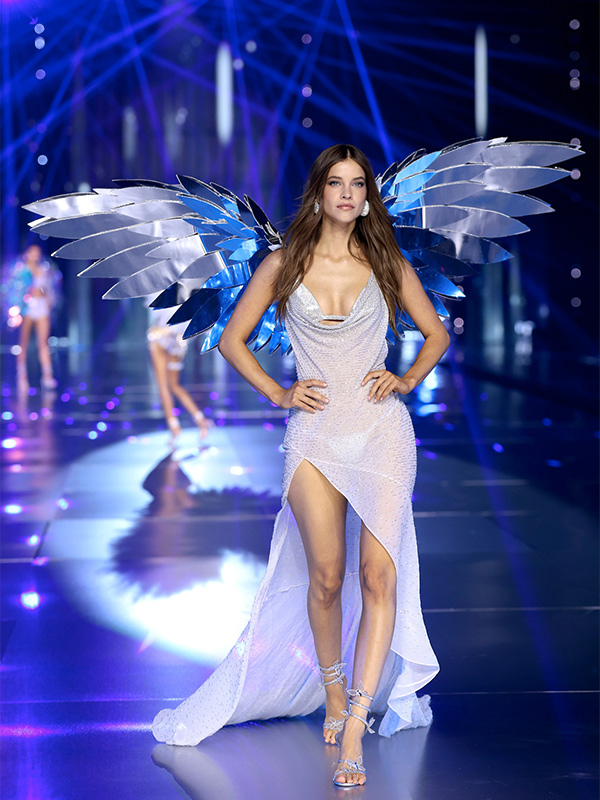
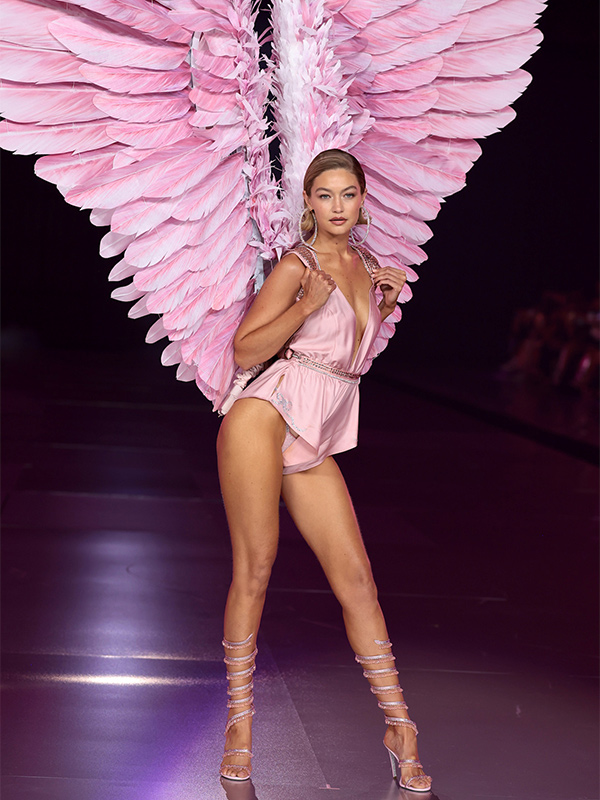
From body positivity to TikTok trends
Irgendwann tauchte Social Media auf und damit einerseits eine bedenkliche Intensivierung einseitiger Schönheitsideale. Schon länger brodelt es unter der Oberfläche und taucht – je nach Algorithmus – auch in unserem Instagram- und TikTok-Feed auf: Der ultradünne Early-2000s-Look ist zurück, und zwar in full force. Auf der anderen Seite aber gewannen Body Positivity Bewegungen an Reichweite. Der Ruf nach Inklusion und Diversität, auch und besonders in der Model- und Lingeriewelt wurde lauter und schließlich unüberhörbar. Und was machte Victoria’s Secret mitten im Tumult? Sich ins Abseits schießen. Zumindest taten das die Aussagen von Ed Razek, einem der damaligen CEO. Trans Frauen sollten laut ihm nicht für Victoria’s Secret laufen. Begründung: Die Show verkaufe eine Fantasie. Warum diese Fantasie trans Frauen nicht inkludieren soll, lässt sich ohne Transphobie nicht erklären. Da hilft es auch nicht, dass Razek seine Aussagen später zurücknahm und von seinem Posten zurücktrat. Es war ohnehin zu spät: Models und MitarbeiterInnen sprachen von Bedrängung und körperlichen Übergriffen. Ein passend betitelter Artikel der New York Times – „Angels in Hell“ – tauchte tiefer ein in die scheinbar äußerst toxische und misogyne Welt des Lingerie-Riesen. 2018 flimmerte die letzte Show über die Bildschirme. Auch die Verkaufszahlen schrumpften. Da half es auch nicht, dass knallpinke Unterwäsche mit Glitzerdetails sowieso allmählich an Coolness verlor, und Musikikone Rihanna obendrauf noch etwa zeitgleich ihr Unterwäsche-Label lancierte, das tatsächlich inklusiv ist – von Größenvielfalt bis Modelauswahl.
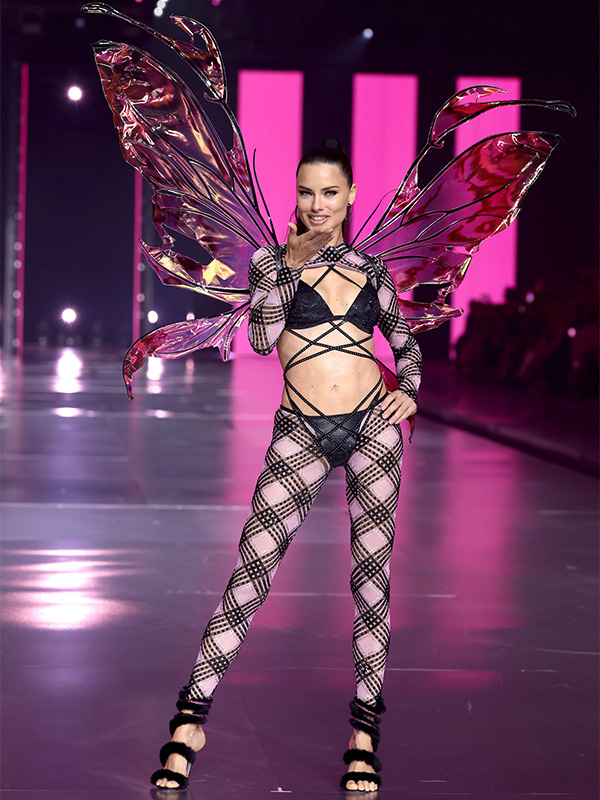
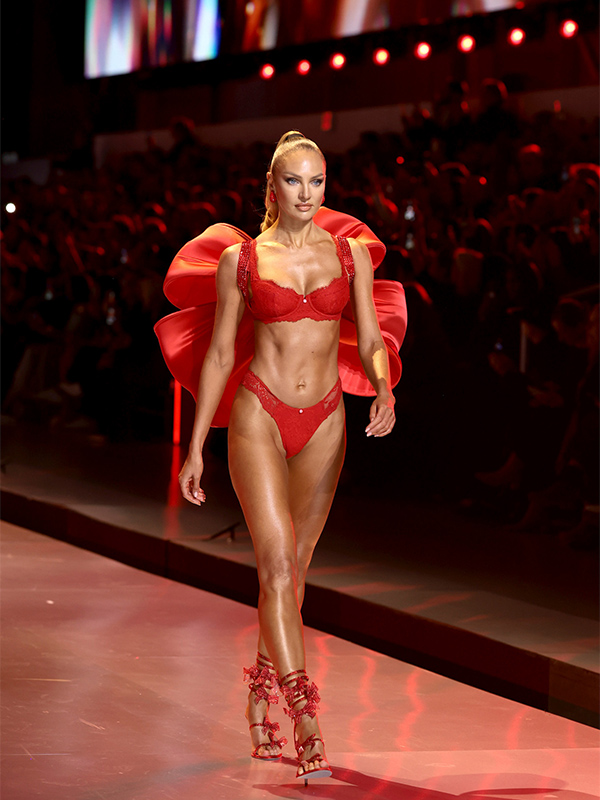
They’re back, baby! Or are they?
Six years later, Victoria and her army of angels are back. The expectations were high. The response? Oh well. Are there so many bad things happening in the world right now that beautiful underwear and angel wings aren’t enough for a round of sweet escapism? Have we outgrown Victoria’s Secret, while the younger generation never grew into the uber-feminine creations in the first place? First of all, the show itself: It was indeed more diverse than before. But that wasn’t a difficult undertaking either. After all, two trans models walked: Alex Consani and Valentina Sampaio. Alex Consani is the “it” girl of the moment anyway. So she should be booked first and foremost because she is good, not because she is trans. A few plus-size models also walked the catwalk – another thing that would ruin the fantasy, according to Ed Razek. Ashley Graham and Paloma Elsesser made their angel debut and ruined absolutely nothing. The age limit was also raised: Carla Bruni and Tyra Banks represented the 50-plus generation. And Kate Moss made her VS debut together with daughter Lila. Observant eyes will have noticed that almost everyone who fell a tiny bit outside the clearly defined Victoria’s Secret frame wore more clothes than those angels who fit the original VS look. Tyra Banks and Kate Moss were downright covered up by lingerie standards. The original angels, such as Adriana Lima, Alessandra Ambrosio and Candice Swanepoel, as well as the new guard – the Hadid sisters – who fit the classic Victoria’s Secret image, were a lot more revealing.

How much politics is in lingerie?
How much socio-political responsibility does an underwear label have? More than you might think at first glance. What is seen millions of times, multiplied on social media and analyzed down to the last detail has relevance, whether we like it or not. The more we see only one form of beauty in a flood of images, the worse everyone who doesn’t conform to it feels. And when it comes to issues such as body acceptance or transphobia, it’s no longer just superficial, but can affect marginalized groups in real life: A disturbed relationship with one’s own body is affecting more and more young people, and attacks on trans people have been on the rise in recent years. Seeing Alex Consani or Ashley Graham with tacky wings and even tackier underwear at one of the biggest fashion shows is therefore significant – even if, at first glance, the VS show is nothing more than a mixture of nostalgia and fantasy. Nevertheless, it is a balancing act: How much responsibility do we put on a lingerie brand? Should it change the world or is it more up to politics and ourselves? The answer lies somewhere in between. And what’s next for the label, which is still hyped but somehow stuck in the past? You get the feeling that Victoria doesn’t quite know where her place is in 2024. Should she move with the times or stubbornly stay true to her fantasy? Perhaps both are possible: you can enjoy the show, immerse yourself in nostalgia, admire the beauty of the models – and still voice criticism. Or at least question where and in what way this type of entertainment should have a place now and in the future.
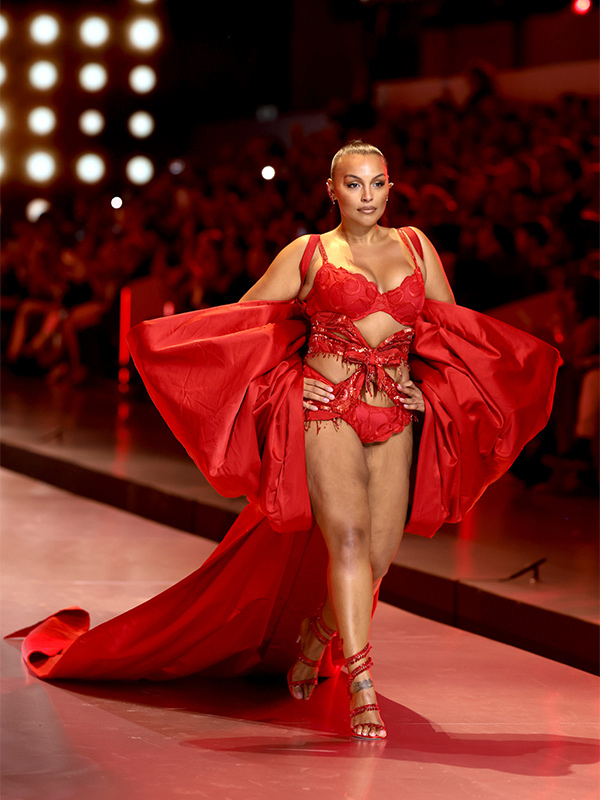
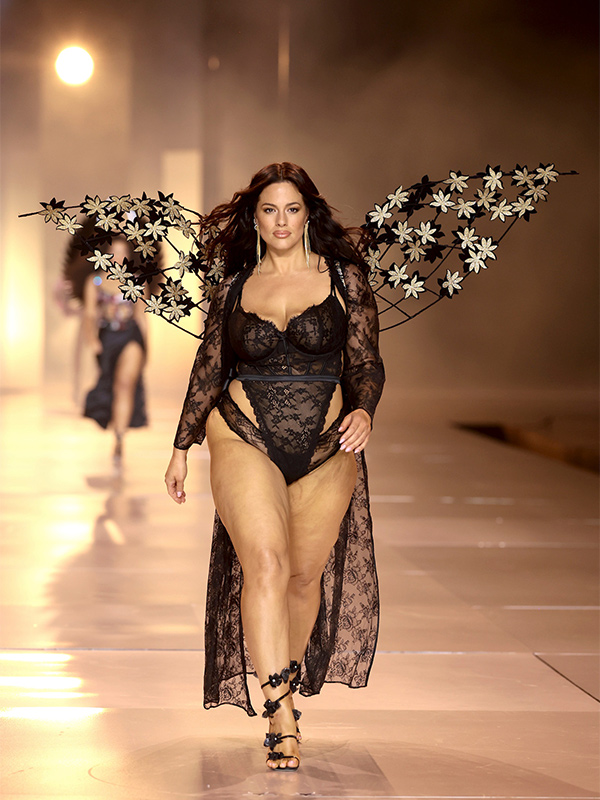
What was that again about beauty ideals? In the horror comedy “The Substance”, the whole thing ends in bloodshed.
In or out? To form your own opinion, you can watch the whole show here.
Photos: © Launchmetrics


